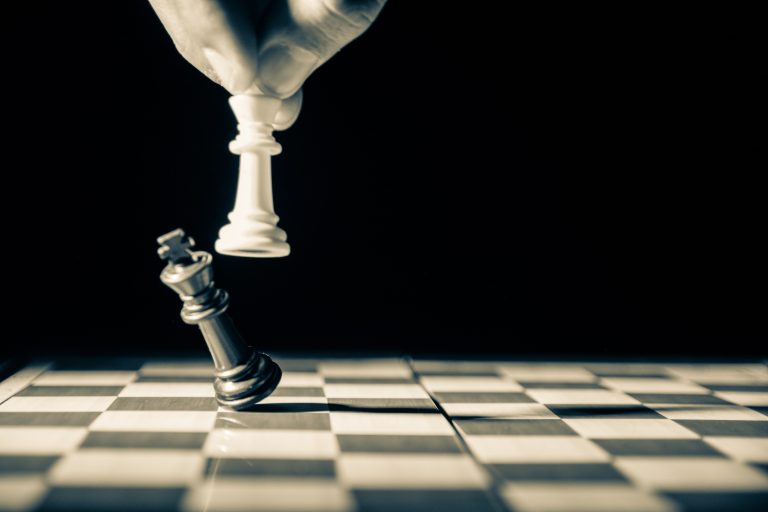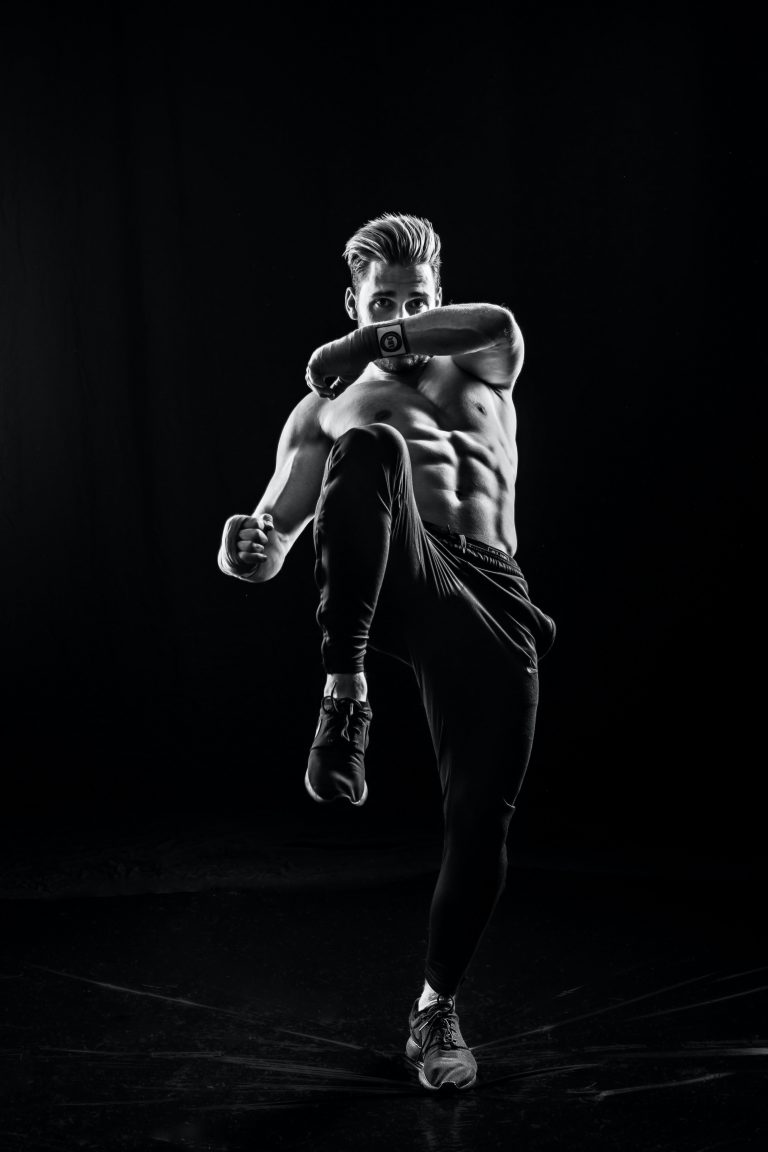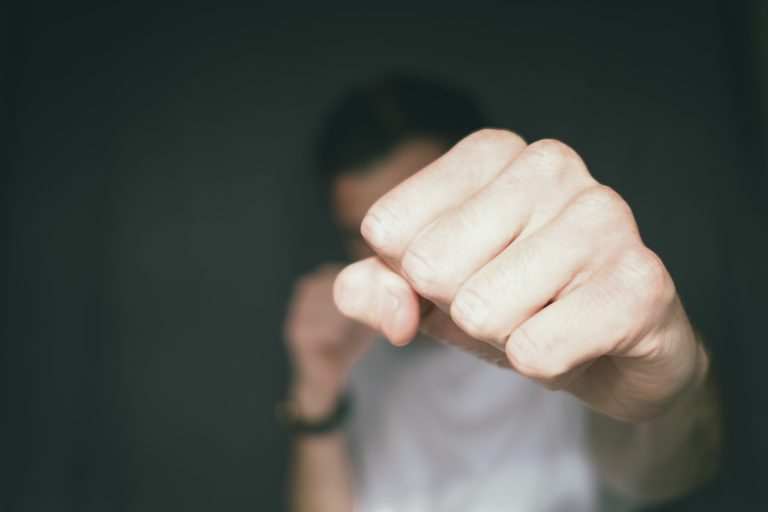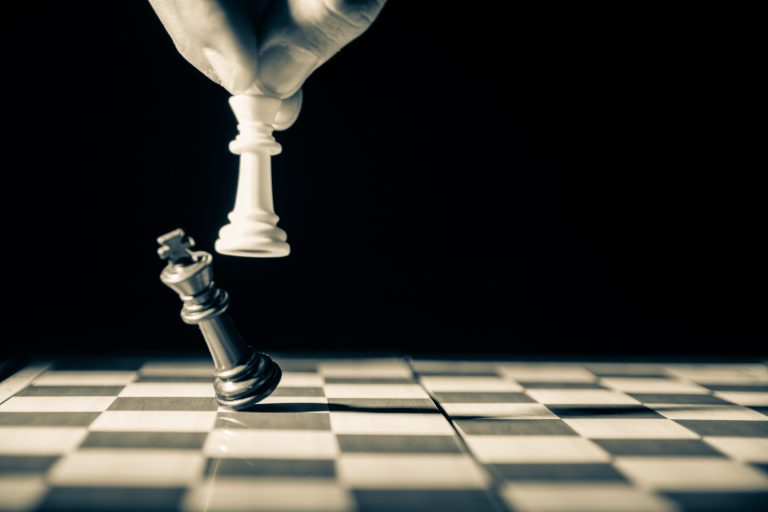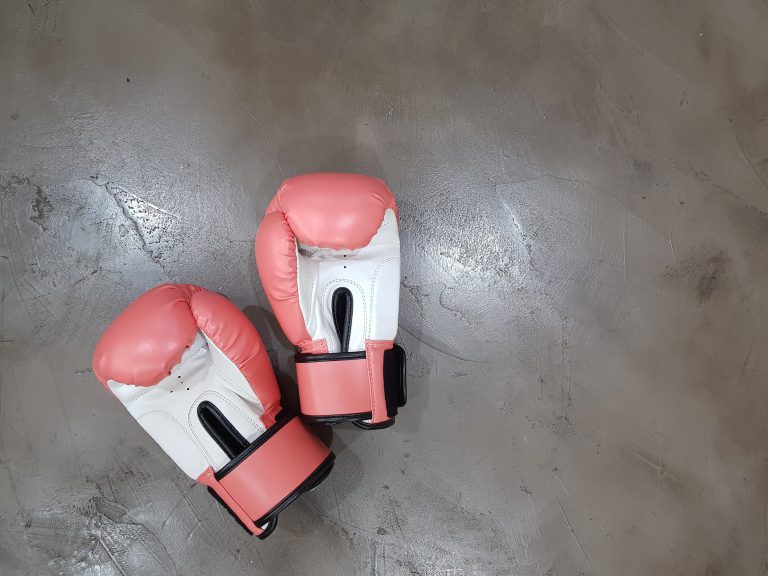How to say Karate in Japanese
If you are a martial arts enthusiast, you may already know that karate originated in Japan. Karate is a combination of two Japanese words- kara and te – meaning ‚empty hand‘. It is a form of self-defense that involves striking, kicking, and defensive body movements. But how do you say karate in Japanese? In this article, we will explore the answer to this question and learn about the history of karate in Japan.
How to pronounce Karate in Japanese
Karate is pronounced as ka-rah-tay in Japanese. The first syllable ‘ka’ is pronounced with a short ‘a’ sound, while the second syllable ‘ra’ is pronounced with a soft ‘r’ sound. The third syllable ‘te’ is pronounced like the English word ‘tay,’ but with a shorter ‘e’ sound.
The cultural significance of Karate in Japan
Karate is not just a martial art, but it is also an important aspect of Japanese culture. It is believed that the first karate school in Japan was established in Okinawa during the Ryukyu Kingdom era. The martial art was initially called „To-De,“ which means „Chinese hand.“ Later, the name was changed to „karate,“ which means „empty hand.“ Karate is now recognized as one of the significant cultural contributions of Japan to the world.
In Japan, karate is not just a form of self-defense, but it is also a way of life. Karate is taught to both children and adults as a means of character building, discipline, and physical fitness. The practice of karate emphasizes perseverance, respect, and self-control along with the physical aspects. In Japan, karate is seen as more than just a martial art; it is a way of life that inspires people to be better in every aspect of their lives.
The different styles of Karate
Over time, many different styles of karate have evolved in Japan. Each style has its unique techniques, principles, and training methods. Some of the most popular styles of karate include Shotokan, Goju-Ryu, Shito-Ryu, Wado-Ryu, Kyokushin, and Matsubayashi-Ryu.
The Shotokan style, founded by Gichin Funakoshi, emphasizes long-range techniques and powerful strikes. Goju-Ryu, on the other hand, combines hard and soft techniques and focuses on close-range combat. Shito-Ryu and Wado-Ryu, founded by Kenwa Mabuni and Hironori Otsuka, respectively, focus on circular movements and blending techniques. Kyokushin, founded by Masutatsu Oyama, emphasizes full-contact sparring and physical conditioning. Finally, Matsubayashi-Ryu, founded by Shoshin Nagamine, combines traditional Okinawan karate with Chinese martial arts.
Frequently Asked Questions About Saying Karate in Japanese
If you’re interested in karate, the Japanese martial art, you may be wondering how to say it correctly in Japanese. While it’s a relatively simple word to remember, there are a few nuances to its pronunciation and spelling that could trip you up. Here are some of the most frequently asked questions about how to say karate in Japanese, along with helpful answers.
What is the Japanese Word for Karate?
The Japanese word for karate is 空手, which is pronounced as „kah-rah-tay“ with equal emphasis on each syllable. This word is composed of two characters: 空 (kara), which means „empty,“ and 手 (te), which means „hand.“ Together, they convey the idea of an unarmed martial art that uses only the hands and feet to defend oneself.
How Do You Write Karate in Japanese?
As mentioned, the kanji characters for karate are 空手. When writing it in Japanese, you can use either the kanji or the hiragana or katakana syllabic scripts. In hiragana, karate is written as か ら て (ka-ra-te), while in katakana it is written as カラテ (ka-ra-te).
Is There a Difference Between Japanese and Okinawan Pronunciation of Karate?
Yes, there is a slight difference in pronunciation between the Japanese and Okinawan ways of saying karate. In Japan, karate is pronounced with a hard „r“ sound, while in Okinawa, where the martial art originated, it is pronounced with a softer „r“ that sounds almost like a mix of „l“ and „r.“ The Okinawan pronunciation is sometimes written as „karatii“ to reflect this difference.
How Do You Pronounce Karate Correctly?
To pronounce karate correctly in Japanese, you’ll want to emphasize each syllable equally and use a hard „r“ sound. So, it should sound like „kah-rah-tay“ rather than „ka-ra-te“ with a soft „r“ sound. Listen to recordings of native speakers or consult with a language teacher for feedback on your pronunciation.
What Other Vocabulary Words Should I Know if I’m Interested in Karate?
If you’re interested in karate, you may also want to learn some other Japanese vocabulary words related to the martial art. Here are a few suggestions:
- Kata: A series of predetermined movements that simulate a fight against one or more opponents.
- Dojo: A training hall or facility for martial arts.
- Gi: A traditional uniform worn by karateka (karate practitioners) during training and competition.
- Sensei: A term of respect for a karate instructor or teacher.
- Kumite: A sparring or fighting exercise between two karate practitioners.
In
Introduction
Learning karate involves understanding the culture and language that shaped this martial art. Karate is one of the most popular martial arts in the world and is characterized by a unique set of techniques that emphasize strikes using hands, feet, and knees. If you are reading this article, it is likely that you are interested in learning karate, and therefore, it is important to know how to say karate in Japanese, the language in which this martial art originated.
What is Karate?
Karate is a martial art that originated in Okinawa, Japan, during the Ryukyu Dynasty (19th century). Initially, karate was known as To-Te and was a combination of local Okinawan fighting techniques with Chinese martial arts. Later, Gichin Funakoshi, the founder of Shotokan Karate, introduced modifications to the martial art, making it more disciplined and organized.
Karate emphasizes physical and mental aspects of self-defense, making it a holistic approach to martial arts. Learning karate can improve physical health, discipline, and spirit. It teaches individuals how to defend themselves while simultaneously helping to build strength, stability, and balance.
How to Say Karate in Japanese
Saying karate in Japanese is easy as it is pronounced just like it is written in Roman letters: カラテ (ka-ra-te). In Japanese, “ka” is pronounced as “kah,” “ra” is pronounced as “rah,” and “te” is pronounced as “teh.”
Other Relevant Words in Japanese
Knowing how to say karate in Japanese is just the beginning when it comes to learning about martial arts. There are several other relevant Japanese words that you should be familiar with when learning karate. Here are a few:
- Kihon: Fundamentals
- Kata: Formal exercises that are performed solo or with a partner
- Kumite: Sparring with an opponent
- Dojo: Training hall
- Sensei: Teacher
Now, let’s discuss some steps that you can take to learn more about karate and take part in this fascinating martial art.
Steps to Take to Learn Karate
1. Research
The first step to learn karate is to research about the different types of karate styles and choose the one that best fits you. There are four main styles of karate: Shotokan, Goju-ryu, Shito-ryu, and Wado-ryu. Conducting thorough research on each style will help you understand the unique attributes of each one, such as their stance, leg positioning, and target area.
2. Find a Dojo
Finding the right dojo is crucial when it comes to learning karate. The dojo should be accessible, affordable, and provide training that meets your needs. Visit several dojos to observe their training methods and determine which one best fits your requirements. In addition, make sure that the sensei or instructor is qualified and experienced.
3. Attend Classes Regularly
Once you have found the right dojo, the next step is to attend classes regularly. Consistent practice will help you to learn the proper techniques and develop strong habits. Be patient with yourself as you start to learn karate, and remember that practice makes perfect.
4. Develop Discipline
Karate involves not only physical fitness but also mental strength. To become a successful karate student, it is important to develop discipline, focus, and mental toughness. Karate training provides an ideal environment for improving personal discipline, as every movement matters and requires complete attention and focus.
5. Test for Belt Promotion
As you progress in your karate training, you will be eligible to take a test for the next belt promotion. Belt promotions are dependent on consistent practice, as well as improvement in techniques and mental toughness. It is important to stay committed to the process and celebrate each of your accomplishments.
Conclusion
Karate is an incredibly rewarding martial art that offers both physical and mental benefits. Knowing how to say karate in Japanese is just a small part of the overall journey to learning karate. By following the steps mentioned in this article, you can develop the necessary techniques, mental toughness, and discipline required to become proficient in karate. Remember that the process requires patience, commitment, and discipline, and always strive to improve at every opportunity.
Inhaltsverzeichnis


